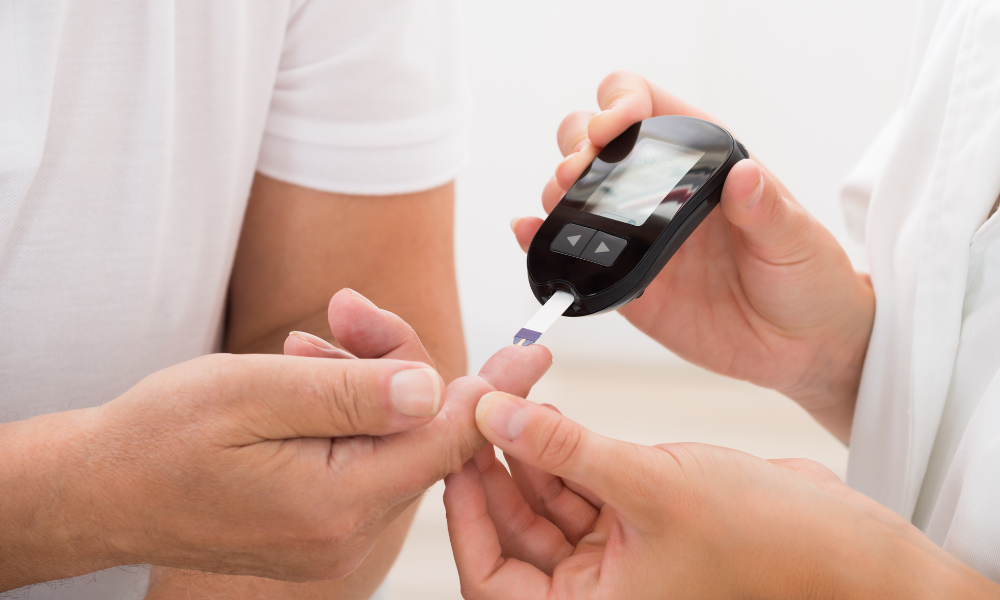Ottawa commits over $928m to pharmacare with most provinces still unsigned and future uncertain

More than 60 percent of the federal pharmacare budget has already been committed, yet only four jurisdictions have signed agreements—leaving the future of the program in limbo as the new government weighs fiscal priorities.
The Canadian Press reported thgat the Trudeau government had set aside $1.5bn over five years to launch the first phase of pharmacare, aiming to fund diabetes medications and contraceptives.
Before the April election, Ottawa secured four-year deals with British Columbia ($670m), Manitoba ($219m), Prince Edward Island ($30m), and Yukon (up to $9.5m).
Combined, these agreements account for $928.5m of the original budget.
Diabetes Canada is urging the federal government to redesign the pharmacare program to deliver better outcomes for patients and lower system costs, The Canadian Press reported.
Glenn Thibeault, executive director of government affairs, advocacy and policy with the organisation, said the new government could align pharmacare more closely with the national dental care program, which is restricted to individuals without other coverage.
“I don’t think this is a fiscal priority for the government, with the way that the world has changed, but I still do think it’s very important for us to look at the costs that are associated with diabetes,” Thibeault said.
The pharmacare plan was intended to offer “universal, single-payer, first-dollar coverage” for the included medications, with the federal government funding provinces and territories so patients would pay little to nothing out of pocket, except for some copays and dispensing fees.
Unlike the dental plan, which excludes those with private or provincial/territorial coverage, pharmacare applies to everyone regardless of existing insurance.
Thibeault questioned the logic of this universal approach, saying, “If you have private insurance that is working for you, why would we want to put that onto public coffers?”
Diabetes Canada has also raised concerns about the formulary’s limited scope and the use of outdated diabetes treatments.
The federal budget documents state that coverage includes insulin worth up to $1,700 per year, depending on the type and dosage, and $100 per year for metformin, used to treat Type 2 diabetes.
Thibeault said the current moment offers a chance to collaborate with both provincial and federal governments.
He stressed “the opportunity for us to now work with provincial governments, work with the federal government” and added that efforts should focus on “get[ting] medicines, especially diabetes medicines, into the hands of people who need it.”
Prime Minister Mark Carney’s government has not confirmed whether it will continue with the previous framework.
Health Minister Marjorie Michel said at a press conference in Fredericton, “It’s a new government, and we are in a new context, and we have to have discussions with the provinces to see how we can support them.”
Finance Minister François-Philippe Champagne has asked cabinet ministers to identify major cost savings.
At the same time, the federal government is increasing defence spending to meet NATO targets and responding to the fallout from US President Donald Trump’s global trade policies.
Reproductive health advocates have warned that failure to secure agreements with the remaining nine provinces and territories would create inequities across Canada.
The Canadian Labour Congress stated this would amount to the Liberals “breaking a promise to Canadians.”
During the election, the Liberals pledged to “protect dental care and pharmacare,” calling them vital to a strong public health care system.
A spokesperson for Carney said last week that the Liberal leader had promised “that we wouldn’t cut or abolish any of the existing deals.”



